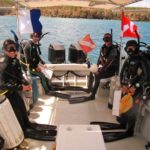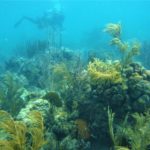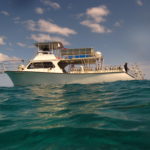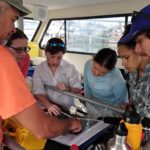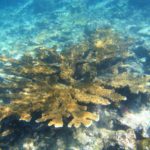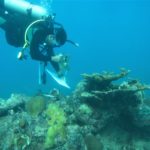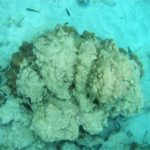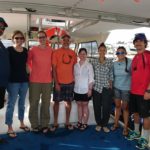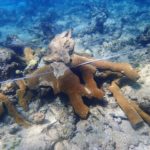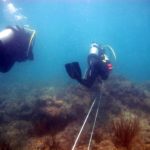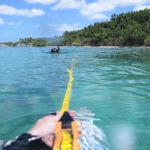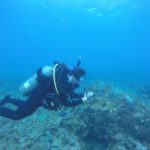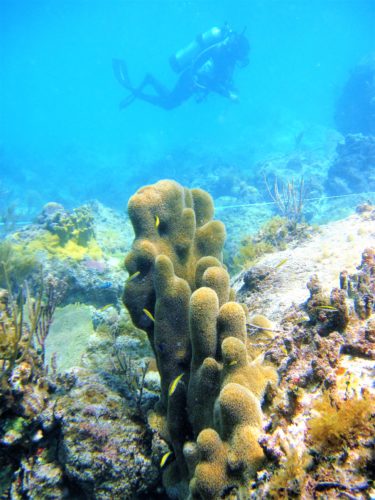
During this past spring, Azura partnered with Sea Ventures Marine Response Unit (MRU) to assess impacts to coral reefs in Puerto Rico from Hurricanes Maria and Irma. During 2017, Hurricanes Maria and Irma wreaked havoc on Puerto Rico. After Category 5 Irma skirted north of the main island on 6 September, Category 4 Maria struck Puerto Rico on 20 September as the worst storm to strike the island in over 80 years. The effect on the island’s infrastructure was devastating.
Hurricanes not only destroy infrastructure on land but also wreak havoc on coral reefs which protect coastlines from storm surges and wave damage. As important underwater infrastructure, coral reefs provide an ecological service and contribute to the resilience of coastal communities and the local economy. Therefore, the recovery and restoration of damaged corals is critical to reinforcing coastal infrastructure and economic stability in advance of hurricanes and other catastrophic phenomena.
This project was a collaborative effort among the NOAA Coral Reef Conservation Program, Restoration Center, National Centers for Coastal Ocean Science, the Puerto Rico Department of Natural and Environmental Resources, and the US Department of the Interior to inform the development of recovery strategies under FEMA’s Natural and Cultural Resources Recovery Support Function.
Under contract to NOAA, Sea Ventures deployed two teams to assess the damage and conduct immediate efforts to stabilize damaged corals and fragments. Led by Senior Scientist Amy Whitt, Azura Consulting LLC, the Assessment Team consisted of four scientific divers who conducted in-water assessment (belt transects) and roving diver surveys to locate and document damage to corals and reef framework. The Team surveyed 153 randomly generated sites in shallow waters (20 feet or less) surrounding mainland Puerto Rico, Vieques, Culebra, and the islands within the NE Reserve corridor between 27 February and 7 May 2018. Based on the amount of damage and total number of loose corals, the scientists rated each site as having a low, medium, or high potential for triage and also for restoration and categorized the overall damage to the site.
The Triage Team, led by Sea Venture’s Vice President Pedro Rodriguez, used this information to inform their efforts to stabilize loose corals and fragments of select coral species. Between 25 February and 14 June 2018, the team re-attached 9,278 at-risk corals. Because coral fragment survival depends on attachment to stable substrate, the Triage Team first assessed the rubble fields in each site and collected loose rubble to be used for structure and substrate stabilization. Non-diving personnel prepared an adequate mix of cement, sand, and water that the technical divers used to prepare substrates and attach the loose corals so that they will withstand hurricane-force wave action.
Click here for more information about this project.
